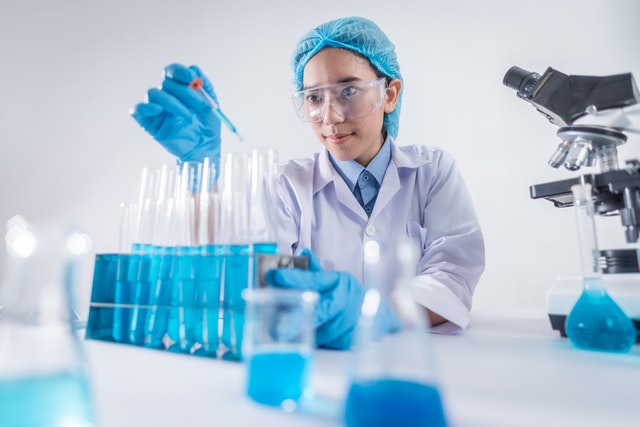
Pipetting is important for reproducibility because there is no point in conducting any assays or tests without the right accuracy.
Even though pipettes are all members of the precision-instruments lab equipment group, their preciseness should not be taken for granted. A lot of the accuracy and measuring depends on each scientist’s individual skills. Pipetting may be the very last thing you worry about when you’re approaching that lab bench and starting your experiment. Still, it is important for reproducibility because there is no point in conducting any assays or tests without the right accuracy. In order to ensure your data is accurate, here are a few useful tips and tricks for dealing with your pipettes in the laboratory.
Pick the Right Pipette
Most of you probably work with air-displacement pipettes. There is nothing wrong with that approach, as they are accurate and used for standard pipetting applications. Factors such as altitude, temperate, and density of the liquid can all influence pipetting accuracy, even if your pipetting technique is top0notch, and that is something you should definitely keep in mind. The most essential factor is the temperature. If there is any difference between the temperature of the liquid you’re pipetting and the room you’re in, the volume you want to aspirate won’t be the same as the pipette says. Take your time and heat up your liquids properly for the best results.
Clean It Up
Make sure that your pipettes are clean by wiping them down with ethanol before usage.
Eliminate the Troubling Temperature Factor
If your liquid is a bit colder than the room temperature, the very first aspirated volume will be larger than expected. When you’re working with warmer samples, the volume will be smaller. Interestingly, all subsequent volumes would be accurate when using the same tip. The trick is simply to pipette up and down a few times, empty the pipette tip, and then aspirate the desired volume.
Work with the Right Mode
Use the standard rather than reverse pipetting mode while pipetting aqueous solutions and the opposite while working with vicious materials. Reverse mode implies pressing the pipette past the first stop, aspirating the sample, and pressing your plunger until the first stop. With any aqueous solutions, this will result in over-delivery, just as the standard mode will result in under-delivery of your viscous samples.
Pause After Aspirating
Always pause after aspirating the sample and before removing the pipette. This will ensure that the liquid received the required time to move up the tip.
For any more information or tips on pipettes or how to conduct experiments accurately with them, give The Lab People a call today!
FOR ALL LAB EQUIPMENT AND LAB NEEDS, CONTACT LAB PEOPLE TODAY
The Lab People Inc. is a trusted provider of laboratory equipment, services, supplies, and rental equipment for you and your laboratory. As an ISO 17025 accredited service organization, we stand behind our services with 100% satisfaction guaranteed for all of our customers. We are here to provide you with the best lab equipment service, equipment, and supplies.
For more information about how we can assist you, visit our website, email us, or give us a call at 1-800-296-2001!
Do not forget to follow us on Facebook, Twitter, and Linkedin!
